
Jowy Cenat
US
en
Followers
149.1kAverage Views
442.0Engagement Rate
1.1%Performance
Related Profiles
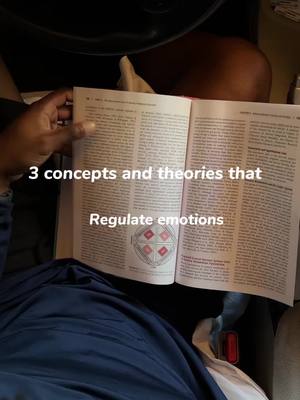
Finals Season is coming 🥶
348.0
1.16%

336.0
2.1%

Imagine if you trained your mind to delay Gratification Reducing the constant dopamine rush to your brain What do you think’ll happen ?
431.0
1.62%
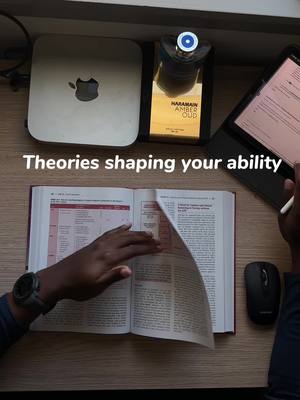
Dual-Coding Theory (1971): • : Allan Paivio • : Memory is enhanced when information is processed both visually and verbally. • Example: Using diagrams alongside notes improves recall of complex concepts.
338.0
1.18%
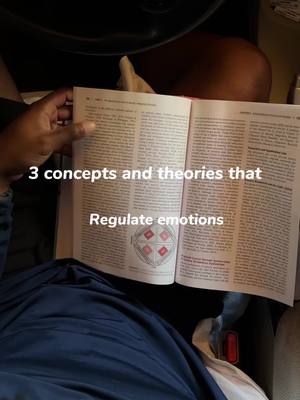
1. Meta-Cognition Theory (1976): • Full Name: John H. Flavell • Definition: The ability to reflect on and regulate one’s thoughts, improving self-awareness and problem-solving. • Example: Journaling after self-reflection can reveal patterns in thinking. 2. Self-Determination Theory (1985): • Full Name: Edward L. Deci & Richard M. Ryan • Definition: Intrinsic motivation and autonomy drive personal growth and well-being. • Example: Reflecting on why a goal matters strengthens commitment. 3. Attention Restoration Theory (1989): • Full Name: Stephen Kaplan & Rachel Kaplan • Definition: Quiet reflection in nature restores mental energy and focus. • Example: Sitting in a park can refresh clarity and reduce fatigue. 4. Reappraisal Theory (1991): • Full Name: James J. Gross • Definition: Reinterpreting thoughts can turn stress into manageable experiences. • Example: Finding lessons in challenges reduces emotional burdens.
334.0
2.09%

The strets need me 😫
605.0
10.57%

Chess has taught me that there is always a next best move , regardless, I may be fu*** in my current position but there’s always a next best move
Consider asking yourself these two questions daily
-What do I want
-What’s my next move ?
I’ve been reading some things by Epictetus a concept called
Amor Fati: Translating to "love of fate" in Latin, this concept emphasizes embracing one's fate or destiny, as advocated by Stoic philosophers like Epictetus. He suggests that life isn’t neither good nor bad but both are necessary . That you cannot have light without the dark
362.0
5.07%
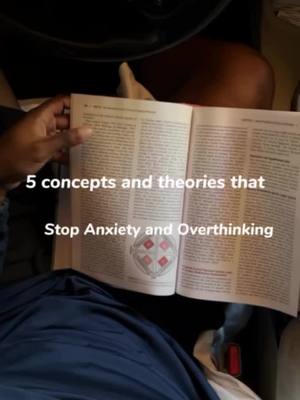
5 Neuroscience Concepts to Help You Stop Anxiety and Overthinking Amygdala Hijack (Daniel Goleman, 1995) Why: The amygdala, the brain’s fear center, triggers overthinking and anxiety during perceived threats. How: Practice mindfulness and deep breathing to calm the amygdala’s response and regain control. Neuroplasticity (Donald Hebb, 1949) Why: Repeated negative thoughts reinforce anxious neural pathways, making overthinking habitual. How: Replace negative thoughts with positive affirmations to rewire your brain over time. Cognitive Reappraisal (Richard Lazarus, 1966) Why: Reframing stressful situations reduces the emotional impact on the brain. How: Ask yourself, “What’s the worst that could happen?” and focus on the facts instead of catastrophizing. Default Mode Network (Marcus Raichle, 2001) Why: This network becomes overactive during unstructured downtime, leading to rumination. How: Engage in structured activities or hobbies to shift focus and quiet the default mode network. Polyvagal Theory (Stephen Porges, 1994) Why: The vagus nerve regulates the body’s stress response, which affects anxiety levels. How: Activate the vagus nerve through deep breathing, humming, or cold exposure to calm your nervous system. this is too 1% stuff man . hitting the books have been life changing
325.0
0.96%

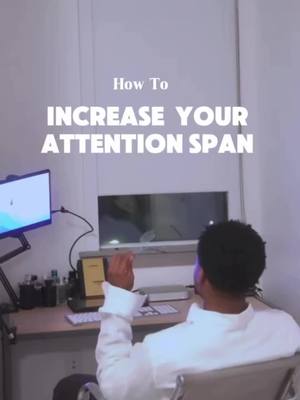
5 concepts to Increase Your Attention Span 1. Flow Theory (Mihaly Csikszentmihalyi, 1975) • Definition: Being fully immersed in a task enhances focus and attention. • How: Choose tasks that challenge you “just enough” to stay engaged without feeling overwhelmed. 2. Zeigarnik Effect (Bluma Zeigarnik, 1927) • Definition: Unfinished tasks stick in your memory, pushing you to focus and complete them. • How: Break large tasks into smaller chunks, leaving unfinished elements to motivate continued focus. 3. Monotasking Principle (Cognitive Load Theory, 1988) • Definition: Your brain works better when focusing on one task at a time, reducing cognitive overload. • How: Eliminate distractions and commit to completing one activity before moving to the next. 4. Attention Restoration Theory (Kaplan & Kaplan, 1989) • Definition: Natural environments help restore depleted attention. • How: Spend time in nature or use green spaces for short breaks to refresh your mind and improve focus. 5. Neuroplasticity Theory (Jerzy Konorski, 1948) • Definition: The brain can adapt and improve with practice and repetition. • How: Train your focus by gradually increasing the time you spend on deep, undistracted work.
411.0
2.95%
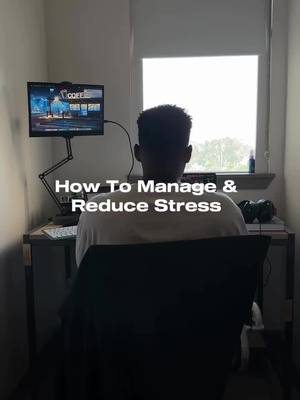
yellow eyes , yellow teeth , waking up tired … no one wants that 5 Theories to Help Manage Stress 1. Cognitive Appraisal Theory (Lazarus & Folkman, 1984) • Definition: Stress is influenced by how you interpret a situation. Reframing challenges reduces stress. • Example: Viewing a tough work project as an opportunity to grow lowers anxiety. 2. General Adaptation Syndrome (Hans Selye, 1936) • Definition: Stress occurs in three stages: alarm, resistance, and exhaustion. Managing early stages prevents burnout. • Example: Taking breaks during a busy day avoids reaching exhaustion. 3. Polyvagal Theory (Stephen Porges, 1994) • Definition: Regulating the vagus nerve helps calm the body and reduce stress responses. • Example: Deep breathing activates the vagus nerve, promoting relaxation. 4. Social Support Theory (Cobb, 1976) • Definition: Strong social networks buffer the effects of stress by offering emotional and practical support. • Example: Sharing struggles with a trusted friend reduces mental strain. 5. Mindfulness-Based Stress Reduction (Jon Kabat-Zinn, 1979) • Definition: Mindfulness involves focusing on the present moment to reduce stress. • Example: Practicing meditation daily helps manage overwhelming thoughts. #neuroscientist #stressmanagement #studytips
390.0
6.47%
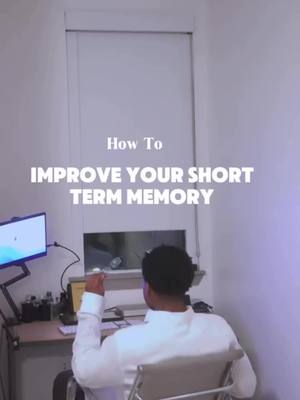
Ways to improve short term memory . Unc (Uncle) is getting old.. Here’s some strategies to retain your short term memories skills 5 Theories to Boost Short-Term Memory 1. Chunking Theory (1956) • Definition: George Miller found grouping info into 7±2 chunks improves memory. • Example: Memorize 123-456-7890 as three groups, not 10 digits. 2. Working Memory Model (1974) • Definition: Baddeley and Hitch proposed visual and verbal systems improve memory. • Example: Use visuals and verbal repetition when learning. 3. Elaborative Encoding (1972) • Definition: Craik and Lockhart showed meaningful processing enhances memory. • Example: Link a new name to an image or personal story to remember it. 4. Serial Position Effect (1885) • Definition: Ebbinghaus found the start (primacy) and end (recency) of a list are remembered best. • Example: Focus on key points at the start and end of study sessions. 5. Interference Theory (1920s) • Definition: McGeoch and McDonald showed new info can overwrite older material. • Example: Space out studying similar subjects (e.g., French and Spanish).
288.0
2.09%

Studying after a long day at school can be tough, but small changes can make it manageable: 1. Take a Break: Rest for 15–30 minutes to reset with a snack, nap, or walk. 2. Prioritize Tasks: Start with the most important assignments while your energy is fresh. 3. Use Short Sessions: Study in 20–30 minute intervals with short breaks (Pomodoro Technique). 4. Optimize Your Space: A clean, well-lit, distraction-free workspace boosts focus. 5. Try Active Learning: Use flashcards, teach concepts aloud, or practice problems. 6. Stay Hydrated: Light snacks and water keep energy up—avoid heavy meals. 7. Set a Goal: Define what to accomplish and set an end time to stay motivated.
2.6k
1.72%
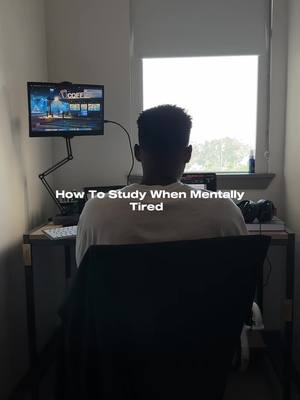
i hope i make it out of here ..
277.0
5.77%
Technology
Fastest Growing





